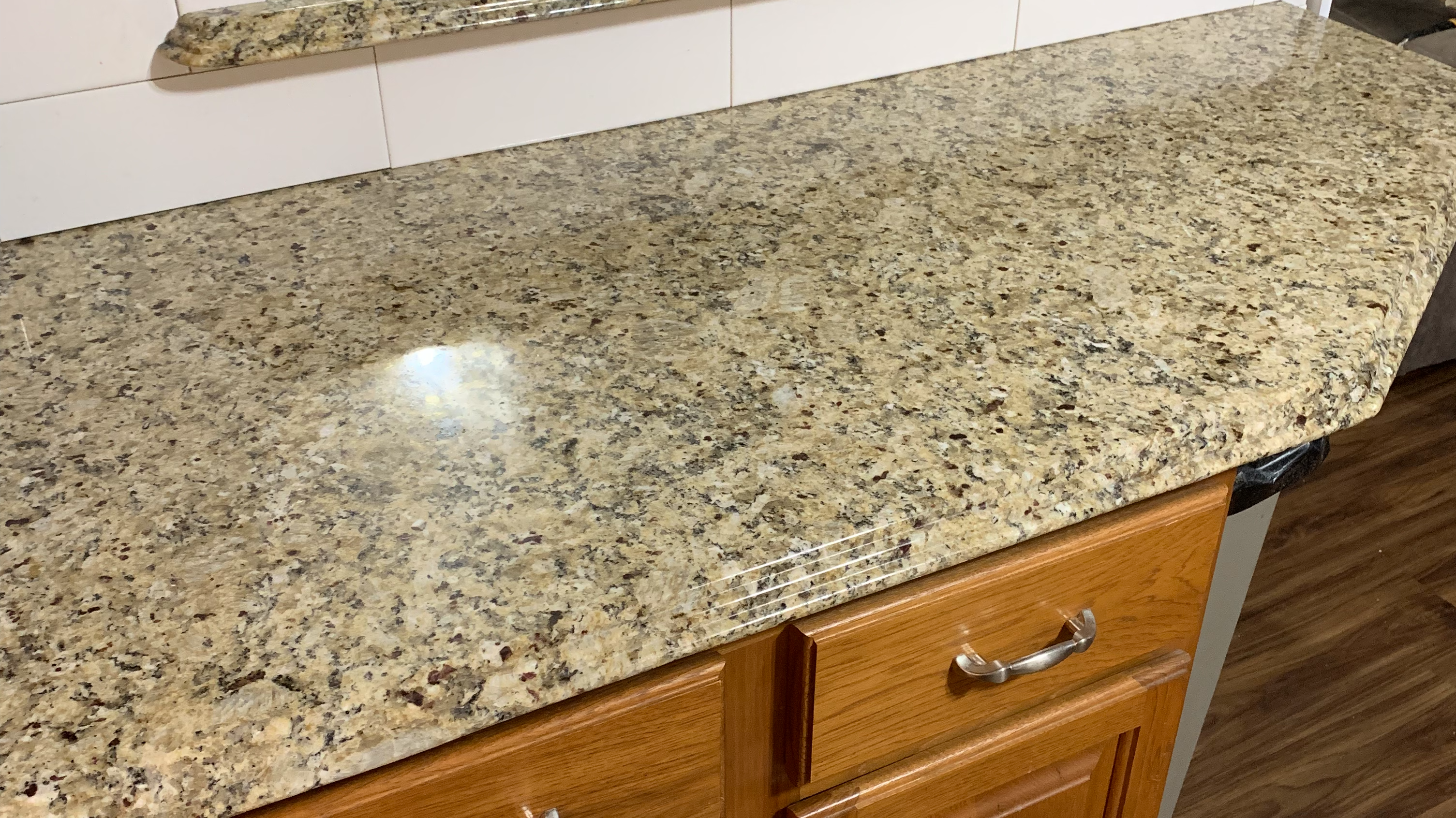Granite countertops are a popular choice for kitchens and bathrooms due to their durability and natural beauty. However, to maintain their appearance and protect them from stains and damage, it is important to seal granite countertops regularly. Sealing granite countertops creates a protective barrier that prevents liquids from penetrating the stone and causing stains. In this article, we will discuss the step-by-step process of how to seal granite countertops effectively.

Before you begin the sealing process, it is essential to ensure that your granite countertops are clean and free from any debris or spills. Start by wiping the surface with a mild detergent and warm water solution. Use a soft cloth or sponge to gently clean the countertop, paying attention to any stubborn stains. Rinse the surface thoroughly with clean water and dry it completely using a lint-free towel.
Once the countertop is clean and dry, it is time to choose the right sealer for your granite. There are various types of sealers available in the market, including penetrating sealers and topical sealers. Penetrating sealers are absorbed into the stone, providing long-lasting protection, while topical sealers create a protective layer on the surface. We recommend the penetrating sealer, in particular Stain Proof brand sealer, it has long 15 year lifespan that will give you protection for years to come. It is the only sealer we have used for over 20 years on every job.

Next, apply the sealer to the granite countertop following the instructions provided by the manufacturer. It is crucial to wear gloves and work in a well-ventilated area during this process. Start by pouring a small amount of sealer into a small spray bottle to easily coat the surface of the countertop and spread it evenly using a clean, lint-free cloth. Make sure to cover the entire surface, including the edges, underside of edge, and corners. Allow the sealer to penetrate the stone for the recommended time, usually around 15-20 minutes.
After the recommended time has passed, check if the sealer has been absorbed into the granite. If the sealer is still visible on the surface, use a clean cloth to wipe off the excess. Be careful not to leave any streaks or residue behind. Follow up with paper towels to remove all remaining sealer and any streaking by hand buffing with the paper towels. (NEVER use a power buffer, even the softest pad will scuff the surface) It is essential to remove all excess sealer to prevent a hazy or sticky appearance on the countertop.
Once you have wiped off the excess sealer, allow the countertop to dry completely. This may take a few hours or overnight, depending on the sealer used. Avoid using the countertop during this time to ensure the sealer has enough time to cure properly.
After the countertop is completely dry, perform a water test to check the effectiveness of the sealer. Sprinkle a few drops of water on the countertop and observe if it beads up or is absorbed into the stone. If the water beads up, it indicates that the sealer is working effectively. However, if the water is absorbed, it may be necessary to apply an additional coat of sealer.
To maintain the longevity of the seal, it is recommended to reseal granite countertops every 1-3 years, depending on the usage and the type of sealer used. If using Dry Treat Stain Proof sealer you should be in good shape for many years, up to 15 years but, a good rule is to keep an eye out for water absorption in which case it’ll be time to reseal. Regularly clean the countertop with a mild detergent and warm water solution, avoiding harsh chemicals or abrasive cleaners that can damage the seal.
In conclusion, sealing granite countertops is an essential step in maintaining their beauty and protecting them from stains and damage. By following the step-by-step process outlined in this article, you can effectively seal your granite countertops and enjoy their natural elegance for years to come.